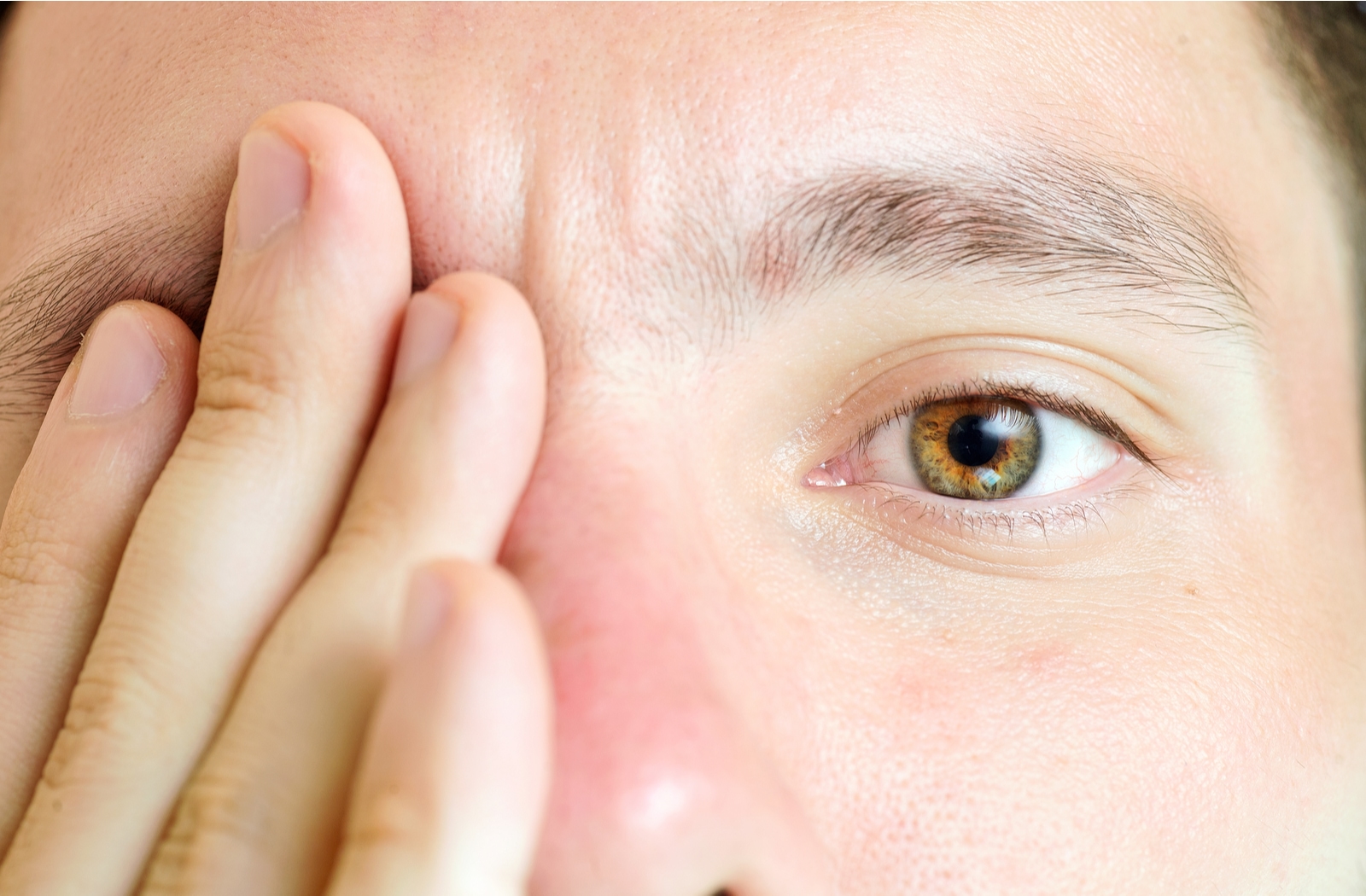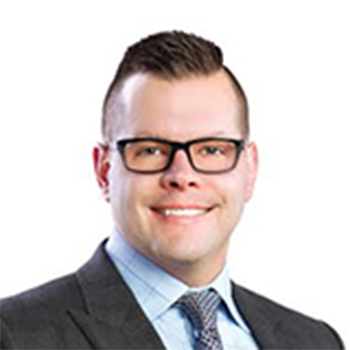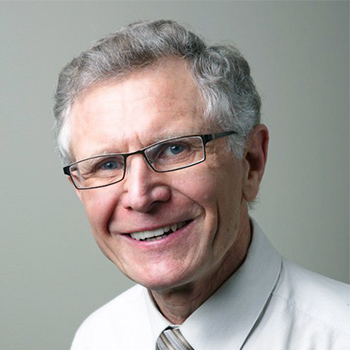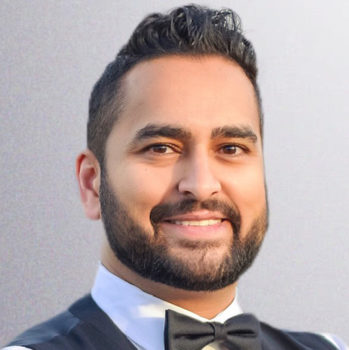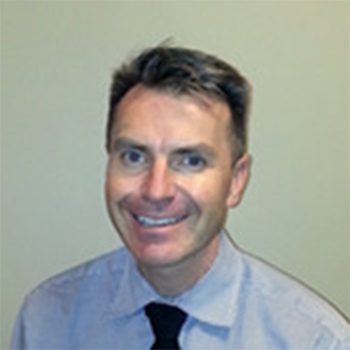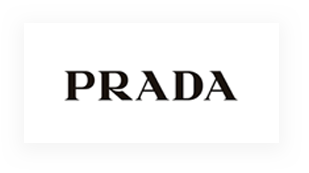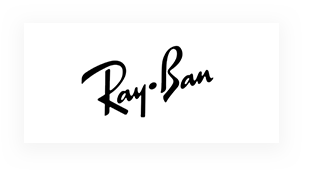1 of the most common eye conditions children can develop is amblyopia, otherwise known as lazy eye. This condition, is referred to as weak vision in one eye in comparison to the other, causing an imbalance.
But what if you’re developing amblyopia as an adult? What kind of symptoms would you experience? And what options would you have for managing or even correcting the issue before more serious complications start to develop?
At Urban Optique, we’re all about helping you find effective strategies for managing possible eye conditions, correcting your vision, and improving your quality of life. Today, we’ll look at the effects amblyopia can have on adults and the various ways we could help correct the issue.
If you’re currently struggling with amblyopia and want personalized help for managing your symptoms, be sure to get in touch with our team today. We’ll be happy to walk you through our techniques when you come in for an eye exam.
What Is Amblyopia?
As we already mentioned, amblyopia, more commonly known as lazy eye, is an eye condition characterized by one eye that does not see as well as the other.
Most people develop amblyopia during childhood between birth and 7 years of age, and it can happen for a few different reasons:
- Strabismus amblyopia occurs when muscles around the eye don’t develop properly, affecting the eye’s alignment.
- Refractive amblyopia can develop when you have different refractive errors (nearsightedness, farsightedness, and astigmatism) for each eye.
- Visual deprivation, like cataracts, can also cause amblyopia.
The risk of developing amblyopia is different for each person, but you may have a higher risk due to:
- A premature birth or being born small.
- A family history of the condition.
- Developmental difficulties.
The Struggles of Adulthood Amblyopia
Even though amblyopia generally develops earlier in life, it’s still possible to develop it as an adult. Some issues that may cause adulthood amblyopia include:
- Eye injuries
- Eye or brain tumours
- Graves’ disease
- Strokes
- Diabetes
It can be difficult to detect the signs unless one eye is covered which is why Regular eye exams are essential in detecting amblyopia and managing your symptoms. Some of the most common symptoms associated with amblyopia can include:
- Blurry or double vision
- Peripheral vision problems
- Depth perception problems
- Eyes that don’t move together
- Constant squinting
Without treatment, your brain may start ignoring images from your affected eye, leading to possible vision loss. In some cases, vision loss may be permanent.
Can It Be Corrected?
Now we’ve come to the million-dollar question: is it possible to correct adulthood amblyopia?
Yes!
However, the trick to correcting amblyopia is detecting it as early as possible through an eye exam. Our doctors can detect early amblyopia signs and provide you with a few different strategies to help manage or even correct the issue entirely.
The earlier we can detect and treat the issue, the higher chance we might have of restoring your vision quality.
There are several ways we can help, as well, with strategies ranging from prescription lenses to eye surgery. The approach we might recommend for you could depend on the type of amblyopia you have and how severe it is, but we can let you know your options when you come in for an eye exam.
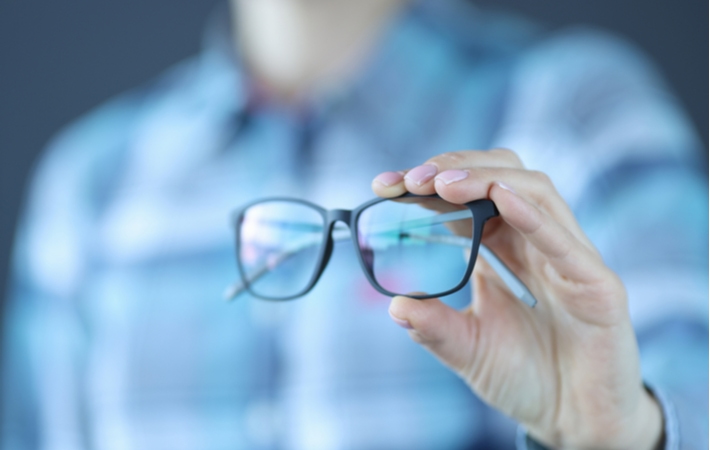
Corrective Lenses
Corrective prescription lenses are probably the first step our team will take to address early amblyopia caused by uneven refractive errors.
We may prescribe eyeglasses or contact lenses, depending on your candidacy and how serious your symptoms are. In some cases, we can even prescribe eyeglasses with prisms to help correct your issues.
Vision Therapy
Another way we can help correct amblyopia is through vision therapy. By personalizing a vision therapy program to your unique needs, the goal is to strengthen the relationship between your eyes and brain by performing special eye exercises either in our office or at home.
These exercises focus on specific visual skills, like focusing, eye movement, tracking, and eye-hand coordination.
At Urban Optique, we can even offer vision therapy for athletes looking to improve their vision. Sight plays an enormous part in playing sports, so having eye conditions like amblyopia can seriously affect being effective as an athlete. Even if you experience an injury that causes amblyopia, our team can address the issue with a personalized vision therapy program.
Eye Patching
Another common strategy for addressing amblyopia is a technique known as “eye patching.”
Studies have shown that covering your stronger eye with an eye patch helps your weaker eye develop the skills it needs to provide you with clear, unified vision. Depending on how severe your amblyopia is, we may only recommend patching for a few hours a day.
Surgery
If you don’t experience any progress from our other strategies, we may recommend eye surgery.
Surgery could help address issues with your eye muscles, but we could recommend cataract surgery to address cataract-related amblyopia symptoms. However, even if you have eye surgery, we may still recommend other strategies like vision therapy, corrective lenses, or eye patching to correct your vision.
Seeing Double? Call Us Today!
Amblyopia is an issue that nearly 3% of Canadians experience, but help is available.
Our team at Urban Optique is committed to helping you find effective strategies for correcting amblyopia, and all you need to do is request an appointment. Discover how we’re helping patients just like you find clear, comfortable, reliable vision today.

